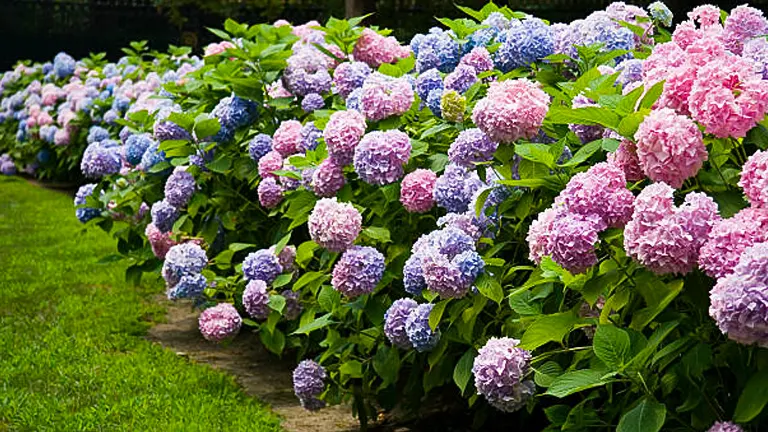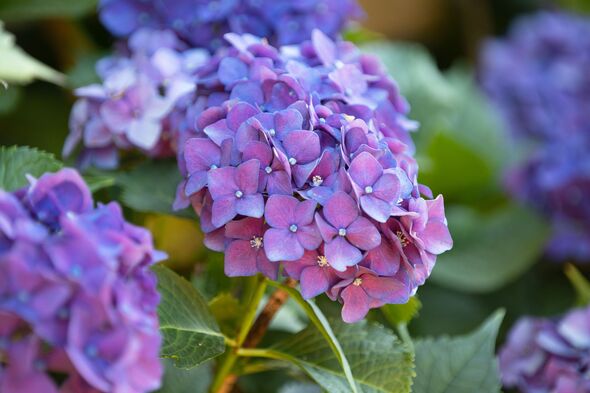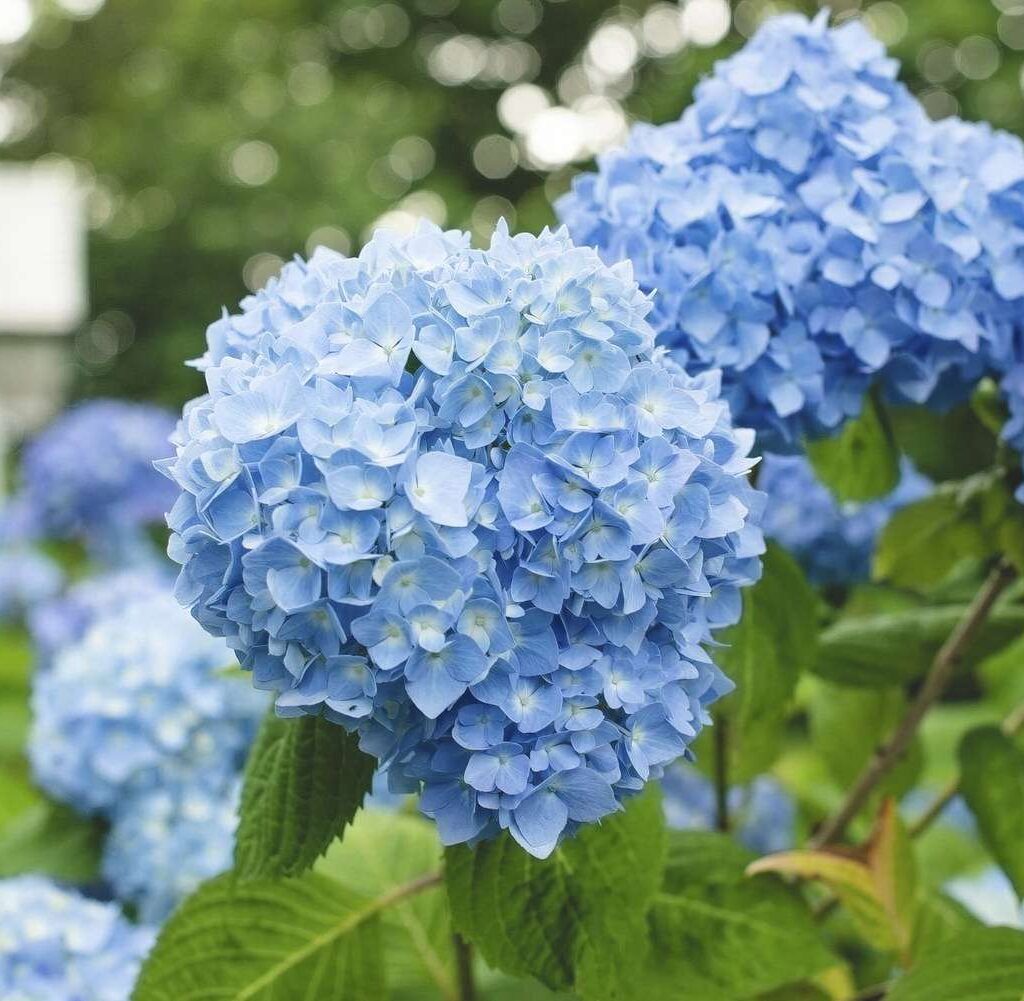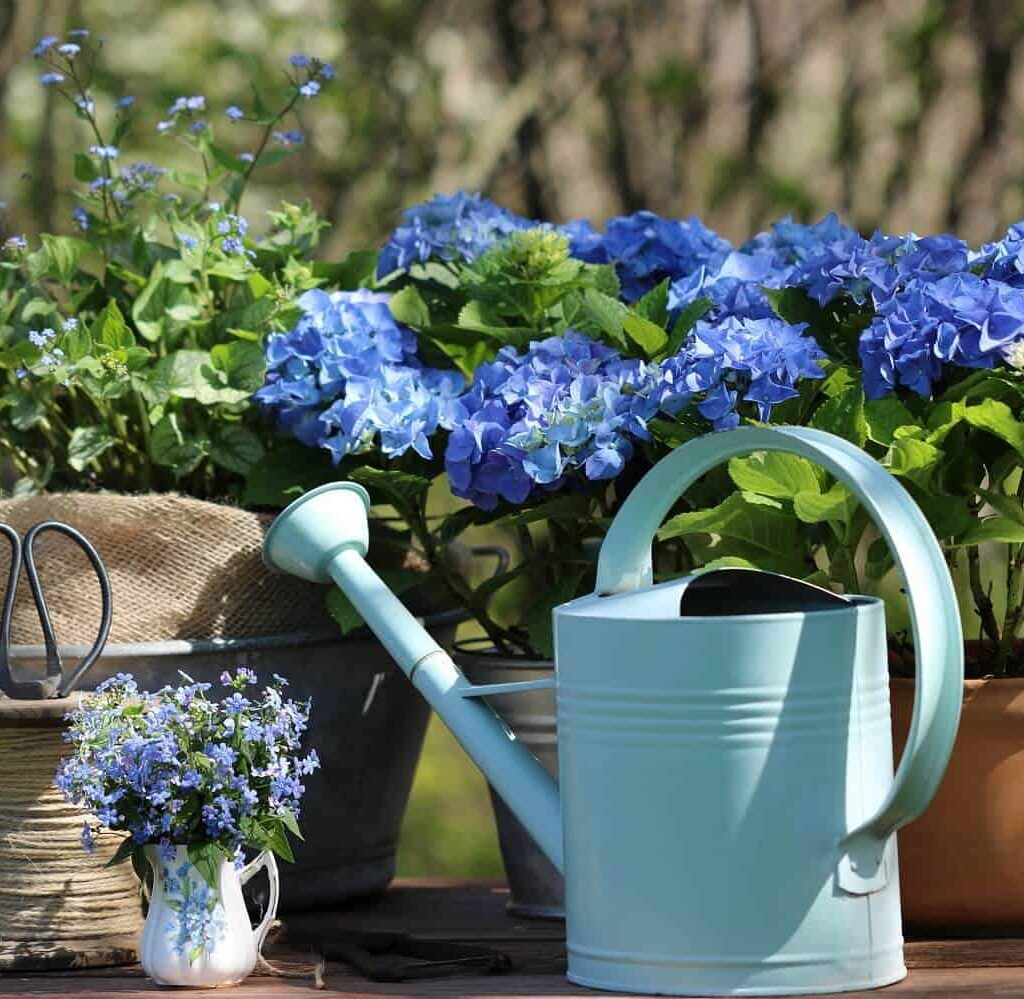Hydrangeas are among the most beloved ornamental flowering shrubs, prized for their lush foliage and stunning, globe-like blooms that paint gardens in hues of blue, pink, purple, and white. These versatile plants can thrive in a variety of settings, from shaded woodland gardens to sunny borders. However, achieving those vibrant, show-stopping blooms requires more than just planting and watering. One of the most critical aspects of hydrangea care is proper fertilization — and timing is everything.
Many gardeners often ask: when should you fertilize your hydrangea plants for better blooms? This article offers a detailed, practical guide on the ideal fertilization schedule for hydrangeas, covering different types of hydrangeas, fertilizer types, soil pH considerations, and seasonal tips to help your plants flourish year after year.
Understanding Hydrangea Growth and Nutrient Needs

Before discussing fertilization timing, it’s important to understand how hydrangeas grow and what nutrients they require. Hydrangeas generally have two main growth phases each year:
- Vegetative Growth Phase (Spring to Early Summer): When leaves and stems develop.
- Blooming Phase (Late Spring to Summer): When flowers begin to bud and bloom.
Hydrangeas benefit from a balanced intake of the three primary macronutrients:
- Nitrogen (N): Promotes lush, green foliage.
- Phosphorus (P): Encourages strong root systems and prolific blooming.
- Potassium (K): Supports overall plant health and disease resistance.
Supplementing these nutrients at the right times ensures optimal plant health and bountiful, colorful blooms.
The Best Time to Fertilize Hydrangeas

1. Early Spring (Primary Feeding)
The most important time to fertilize hydrangeas is in early spring, as new growth begins to emerge from the stems and buds. This fertilization supports the plant’s vegetative growth and sets the foundation for healthy blooms later in the season.
Recommended Application:
- Use a balanced, slow-release granular fertilizer (such as 10-10-10 or 12-4-8) in early March to early April.
- Apply it around the base of the plant, avoiding direct contact with stems and leaves.
- Water the area thoroughly after fertilizing to help nutrients absorb into the soil.
This early-season feeding ensures that the plant receives essential nutrients during its most vigorous growth period.
2. Mid-Spring to Early Summer (Optional Booster)
Depending on the soil quality and plant vigor, you may provide a second, lighter dose of fertilizer in mid-spring to early summer (around late May to June). This secondary application boosts bloom production and enhances flower color vibrancy.
Recommended Application:
- Use a fertilizer higher in phosphorus to encourage more blooms, such as 15-30-15.
- Apply a water-soluble fertilizer or a light layer of organic compost.
- Avoid over-fertilizing, as excessive nitrogen can lead to lush foliage with few flowers.
This timing is particularly useful for large-flowered hydrangeas or those growing in sandy or nutrient-poor soils.
3. Avoid Fertilizing After Mid-Summer

It’s crucial not to fertilize hydrangeas after mid-July to early August, especially in temperate regions. Late-season fertilization can encourage fresh vegetative growth that won’t have time to harden off before winter, making it susceptible to cold damage and reducing bloom potential for the following year.
In warmer climates where winters are mild, fertilization might extend into late summer, but it should still be done cautiously.
Fertilizing Different Types of Hydrangeas

There are several hydrangea species, and while their care is generally similar, slight variations exist in their fertilization preferences:
1. Bigleaf Hydrangeas (Hydrangea macrophylla)
- Known for large mophead or lacecap flowers.
- Benefit from early spring fertilizing with balanced or slightly acidic fertilizer.
- Optional mid-spring phosphorus-rich booster enhances bloom count and color.
2. Panicle Hydrangeas (Hydrangea paniculata)
- Tolerate slightly more sun and are more forgiving.
- Require balanced fertilizer once in early spring.
- Avoid over-fertilizing as it can result in weak, floppy stems.
3. Oakleaf Hydrangeas (Hydrangea quercifolia)
- Prefer organic, slow-release fertilizers like compost or well-rotted manure in early spring.
- Rarely need a second feeding unless growing in poor soil.
4. Smooth Hydrangeas (Hydrangea arborescens)
- Respond well to early spring fertilization with balanced fertilizer.
- Can receive a mid-spring boost for improved bloom size.
Types of Fertilizers for Hydrangeas

Selecting the right type of fertilizer is just as important as timing:
1. Granular Slow-Release Fertilizer
- Convenient and long-lasting.
- Apply once in early spring, with an optional light second dose in late spring.
- Examples: 10-10-10, 12-4-8.
2. Water-Soluble Fertilizer
- Quickly absorbed.
- Ideal for mid-spring to early summer booster feeding.
- Examples: 15-30-15 or Miracle-Gro for Acid-Loving Plants.
3. Organic Fertilizer
- Improves soil health and provides consistent nutrients.
- Options include compost, fish emulsion, bone meal, and cottonseed meal.
4. Specialized Bloom Booster Fertilizer
- Higher phosphorus content encourages abundant flowers.
- Best used during the blooming period in moderation.
Soil pH and Its Role in Bloom Color
One unique characteristic of hydrangeas, particularly bigleaf varieties, is their ability to change flower color based on soil pH:
- Acidic soil (pH below 6.0): Produces blue or purple flowers.
- Alkaline soil (pH above 7.0): Results in pink or red flowers.
When fertilizing, it’s essential to maintain the desired soil pH:
- Use acidic fertilizers like cottonseed meal or aluminum sulfate for blue blooms.
- Use lime or phosphorus-rich fertilizers to encourage pink blooms.
Test soil pH annually and adjust as needed using appropriate soil amendments along with fertilizers.
Tips for Effective Hydrangea Fertilization
- Avoid Over-Fertilizing: Too much fertilizer, especially nitrogen, can cause lush green growth at the expense of flowers.
- Water Before and After Fertilizing: Helps prevent root burn and aids nutrient absorption.
- Use Mulch: Organic mulch conserves soil moisture, adds nutrients as it breaks down, and keeps soil temperature stable.
- Feed Established Plants: Newly planted hydrangeas shouldn’t be heavily fertilized until they’ve established a strong root system (usually after one full growing season).
Common Fertilization Mistakes to Avoid
- Fertilizing too late in the season leads to tender new growth that won’t survive winter.
- Applying fertilizer directly to leaves or stems can cause burn damage.
- Using the wrong fertilizer type (e.g., too much nitrogen) can reduce bloom production.
Being mindful of these pitfalls ensures healthy, flowering plants year after year.
Conclusion
Fertilizing hydrangeas at the right times and with the right products is essential for achieving lush foliage and abundant, colorful blooms. Early spring is the most important fertilizing window, with an optional mid-spring booster to enhance blooming in nutrient-poor soils. Avoid late-summer fertilizing to protect plants from winter damage.
Understanding the specific needs of different hydrangea varieties, adjusting for soil pH, and choosing appropriate fertilizers ensures your hydrangeas remain a standout feature in your garden landscape. With proper care and well-timed feeding, your hydrangeas will reward you with a spectacular display of blossoms season after season.




Leave A Comment